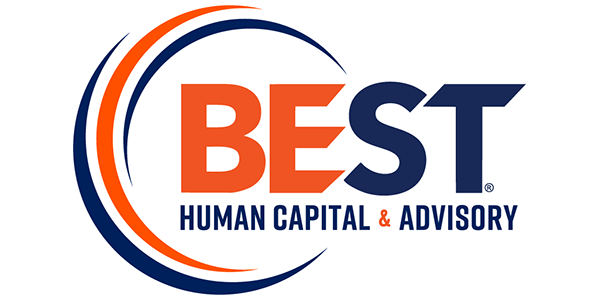
Successful Retention Strategies (Part 4 of 4): Organizational Design
It’s finally here – the end of 2022. What a wild and crazy ride it has been. As business leaders, we have had a lot to contend with and still do. Our work is far from over. More layoffs have been announced beyond the FAANG companies and broader tech sector, inflation persists at uncomfortably high […]




